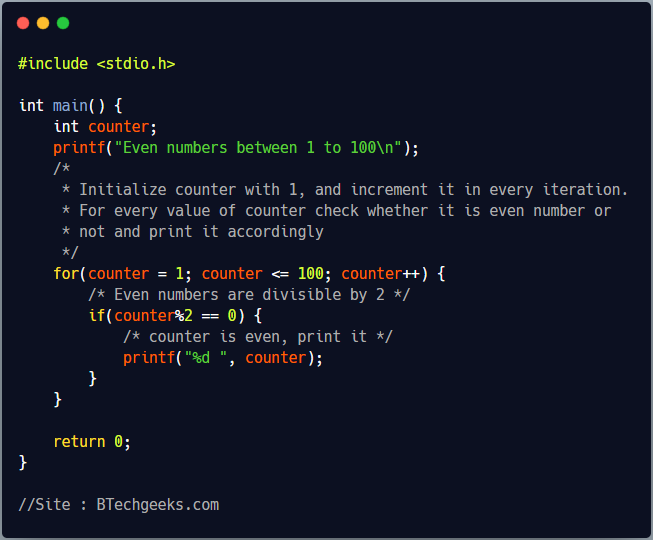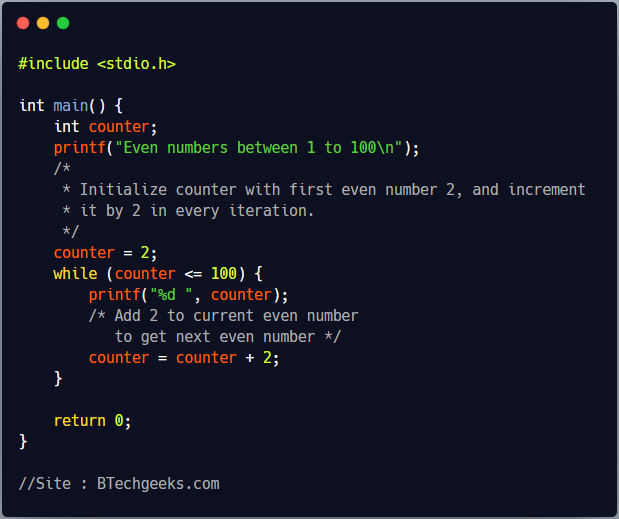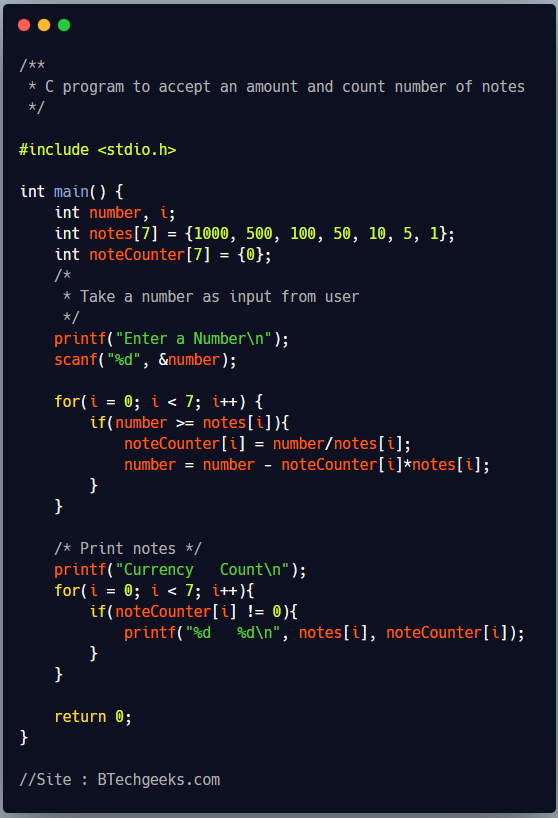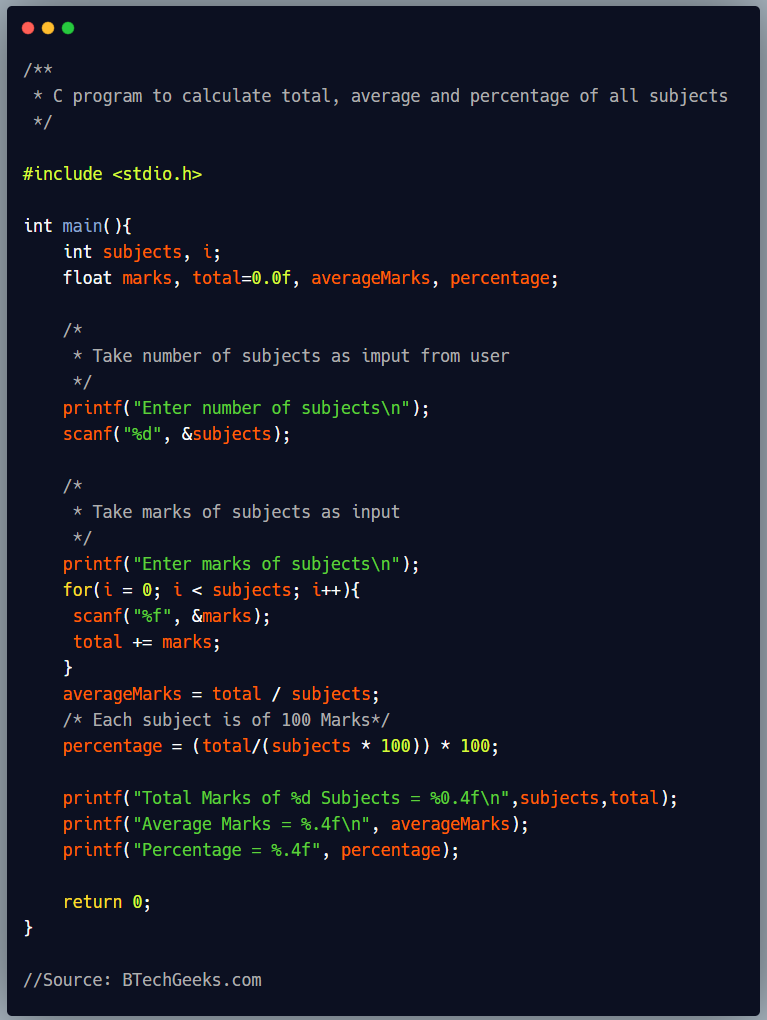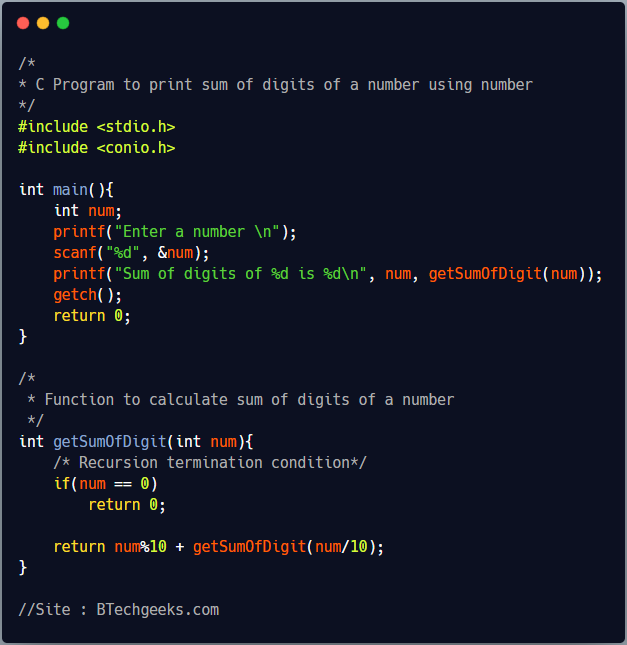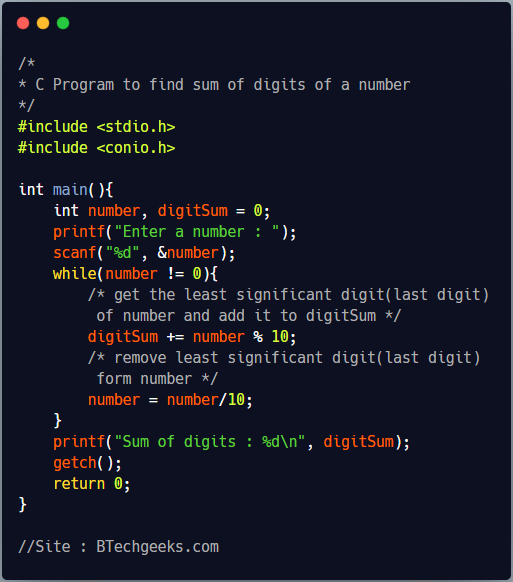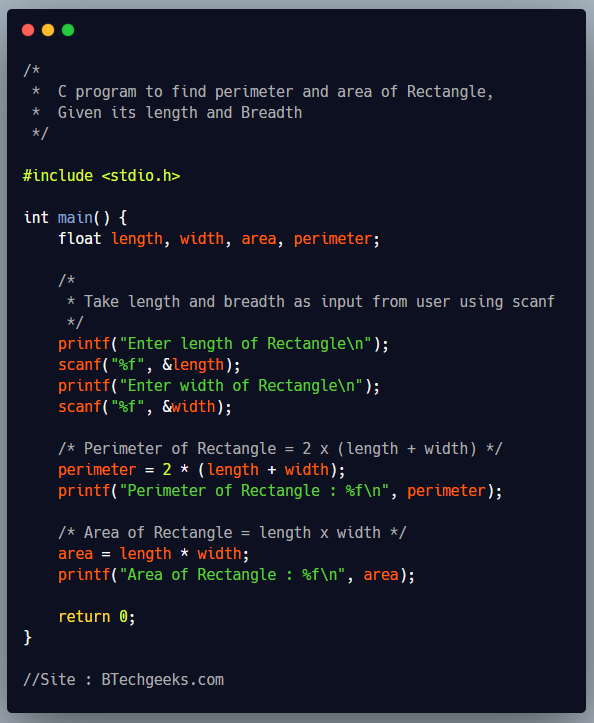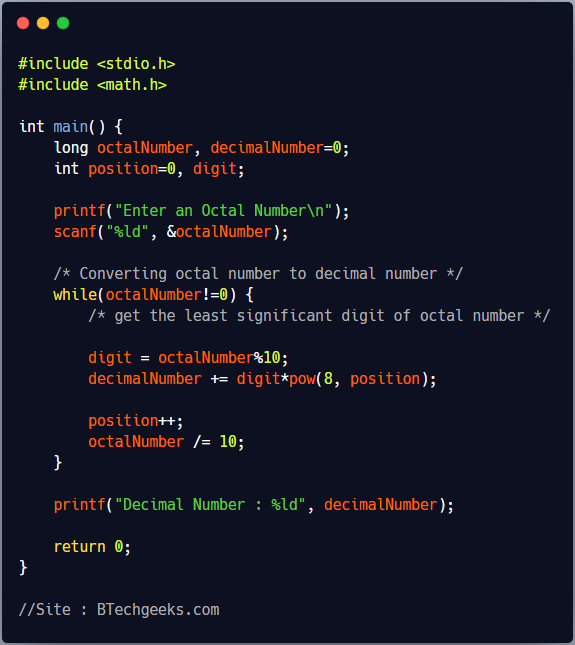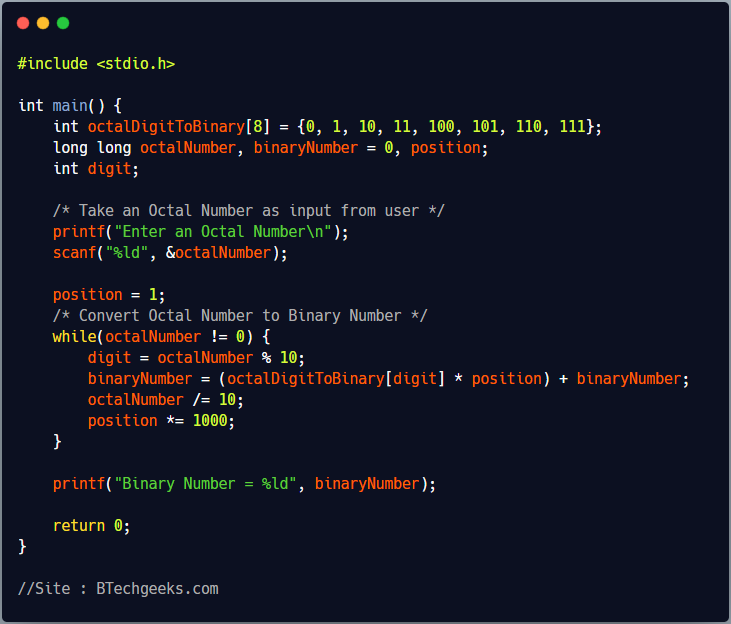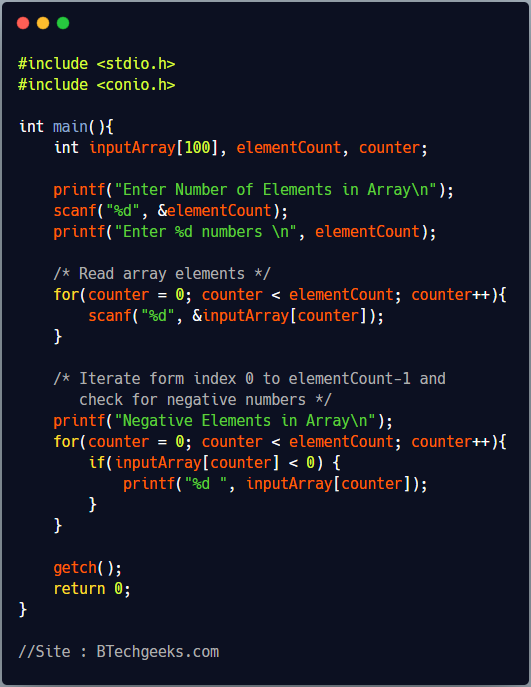The if else ladder statement in C programming language is used to test set of conditions in sequence. An if condition is tested only when all previous if conditions in if-else ladder is false. If any of the conditional expression evaluates to true, then it will execute the corresponding code block and exits whole if-else ladder.
Syntax of if else ladder statement
if(condition_expression_One) {
statement1;
} else if (condition_expression_Two) {
statement2;
} else if (condition_expression_Three) {
statement3;
} else {
statement4;
}
- First of all condition_expression_One is tested and if it is true then statement1 will be executed and control comes out out of whole if else ladder.
- If condition_expression_One is false then only condition_expression_Two is tested. Control will keep on flowing downward, If none of the conditional expression is true.
- The last else is the default block of code which will gets executed if none of the conditional expression is true.
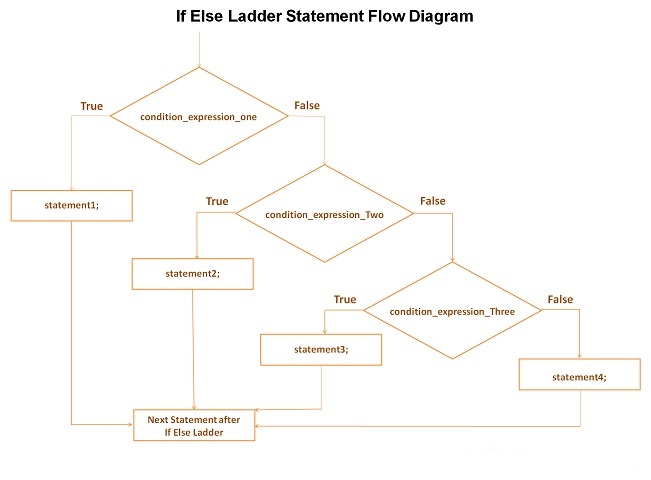
C Program to print grade of a student using If Else Ladder Statement

#include<stdio.h>
#include<conio.h>
int main(){
int marks;
printf("Enter your marks between 0-100\n");
scanf("%d", &marks);
/* Using if else ladder statement to print
Grade of a Student */
if(marks >= 90){
/* Marks between 90-100 */
printf("YOUR GRADE : A\n");
} else if (marks >= 70 && marks < 90){
/* Marks between 70-89 */
printf("YOUR GRADE : B\n");
} else if (marks >= 50 && marks < 70){
/* Marks between 50-69 */
printf("YOUR GRADE : C\n");
} else {
/* Marks less than 50 */
printf("YOUR GRADE : Failed\n");
}
getch();
return(0);
}
Above program check whether a student passed or failed in examination using if statement.
Output
Enter your marks 96 YOUR GRADE : A
Enter your marks 75 YOUR GRADE : B
Enter your marks 60 YOUR GRADE : C
Enter your marks 35 YOUR GRADE : Failed
Points to Remember about If else ladder statement
- The condition_expression is a boolean expression. It must evaluate to true or false value(In C, all non-zero and non-null values are considered as true and zero and null value is considered as false).
- We may use more than one condition inside if else ladder statement
For Example:
if(condition_one && condition_two) {
/* if code block */
} else if(condition_three) {
/* else code block */
} - Default else block is optional in if-else ladder statement.
- Opening and Closing Braces are optional, If the block of code of if else statement contains only one statement.
For Example:
if(condition_expression)
statement1;
else if(condition_expression)
statement2;
In above example only statement1 will gets executed if condition_expression is true.

